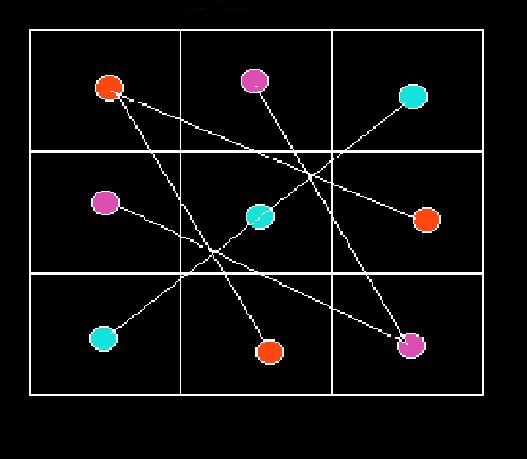THE TWO MAGIC SQUARES OF SEVEN SQUARES
SQUARES DERIVED FROM THE SAME PRESQUARE
Andrew Bremner's article on squares of squares included the 3x3 square:
Bremner's square
| 3732 | 2892 | 5652 |
| 360721 | 4252 | 232 |
| 2052 | 5272 | 222121 |
Bremner does not state where the numbers in the right diagonal (2052,4252,5652) were derived. However, I will show that the diagonal
numbers are derived from a set of tuple numbers, i.e. the nonsquare numbers, (41,85,113) multiplied by a constant k, as shown in the simple presquare below:
Bremner's square
| 3732 | 2892 | 5652 |
| 360721 | 4252 | 232 |
| 2052 | 5272 | 222121 |
|
| |
New square (N)
| 806425 | (697i)2 | 6782 |
| -86641 | 5102 | 7792 |
| 2462 | 10032 | (535i)2 |
|
where the Bremner square is obtained from the presquare by multiplying the tuple numbers by the constant k = 5 and the new square by multiplying the tuple numbers by the contant k = 6.
In addition, the new square is composed of both regular and imaginary numbers, where the square of an imaginary number is a negative number. Attempts to generate other 7 squares other than those produced from the constant k equal to 5 or 6 either gave multiples of the same two squares or failed to produce new squares. This is in opposition to four other squares of seven squares containing a mixture of regular and imaginary numbers where the initial number in the diagonal is an imaginary number.
Go back to homepage.
Copyright © 2018 by Eddie N Gutierrez. E-Mail: edguti144@outlook.com

